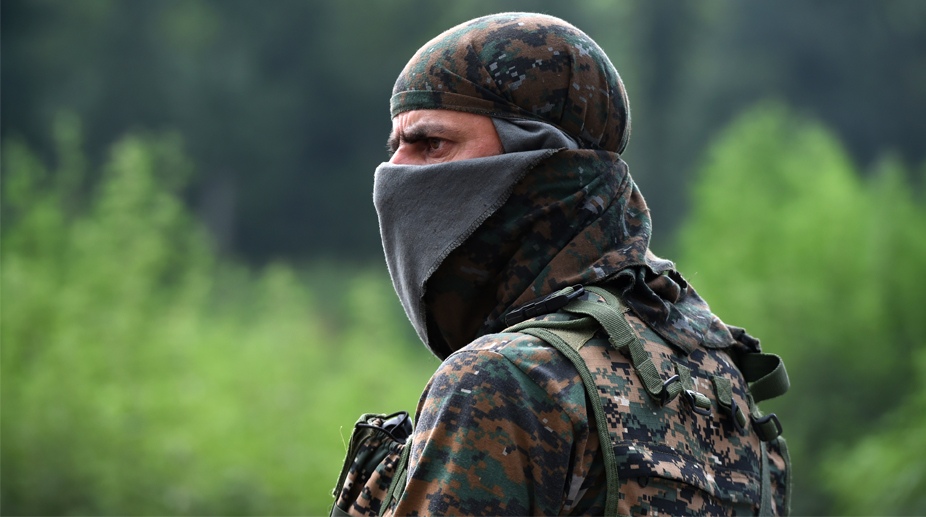Statistics are often deemed to have only academic value. Even those who place stock in numbers concede they tell only part of the story. Yet a gruesome picture of what life has been in the Kashmir Valley these past 27 or so years is etched in blood in the home ministry’s annual report, recently circulated in Parliament.
As many as 5,123 security force personnel have lost their lives in militancy-linked operations since 1990 ~ only marginally more than the total number of soldiers killed in 1962, 1965, 1971 and Kargil. Actually that figure pales into insignificance when compared with the ministry’s calculation that 13,796 civilians were killed during the same period. Nor can it be overlooked that both the local populace and human rights activists have long contended that civilian deaths have been inaccurately reported, and made claims of unmarked and mass graves as well.
Advertisement
Even in terms of cold statistics those figures militate against the basics of a civilised, humane and caring society. A matter of collective shame for governments of varying political shame at both the Central and state level: a continuing shame to be sure ~ civilian casualties in 2017 were the highest in the last five years. For even the most gung-ho military and political leaders will privately admit that despite boasts of breaking the back of militancy, not even stray rays of light are discernible at the end of the tunnel.
The aim of this comment is not to apportion blame or point accusing fingers ~ for the separatist leaders and the sponsors/mentors of violence, many operating from the western side of the Line of Control, are as much responsible for gunfire/stone-pelting doing the talking, as are the security forces for discarding drills, operating procedures etc. However both the democratic leadership and the people at large have to ask themselves if this level of bloodletting is acceptable.
It is true that a series of moves have been made since the 1990s to try and effect a climate change: at the prime ministerial level both Atal Bihari Vajpayee and Manmohan Singh tried for reconciliation, eminent persons like KC Pant and George Fernandes pushed for dialogue, so did a panel of interlocutors. Now Dineshwar Sharma is trying his luck, and Yashwant Sinha is making a private bid.
Alas, none of them have been provided with adequate political backing, and New Delhi is devoid of the stamina to sustain the process. Apart from the needlessly muscular line taken by the present Army Chief, and ruling party politicians firmly believing that conciliatory moves equate with surrender, the apprehensions of the Dal lake turning blood-red are excruciatingly real. Peacemaking calls for a brand of stature little seen in the subcontinent these days. That is the gory futility of the tragedy depicted by the home ministry’s statistics.









